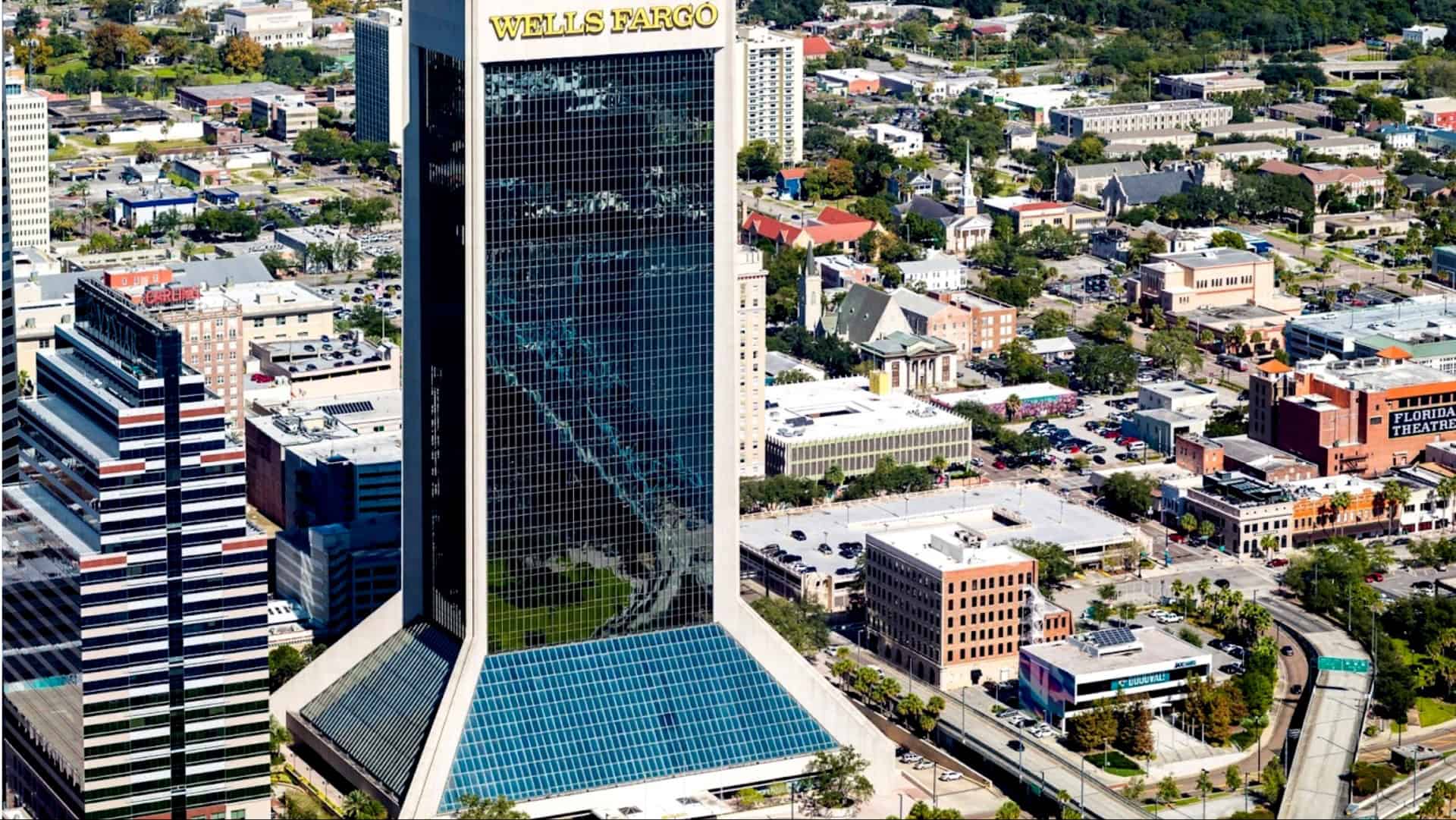Beauty is often in the eye of the beholder, but some buildings across the USA have been dubbed ‘ugly’ by many.
Let’s explore 10 such structures that have stirred mixed reactions.
Each building has its own unique charm, yet also features that some find less than appealing.
From unconventional designs to mismatched aesthetics, these structures are as intriguing as they are controversial.
Join us on a journey through these polarizing pieces of architecture.
1. Marina Towers, Chicago
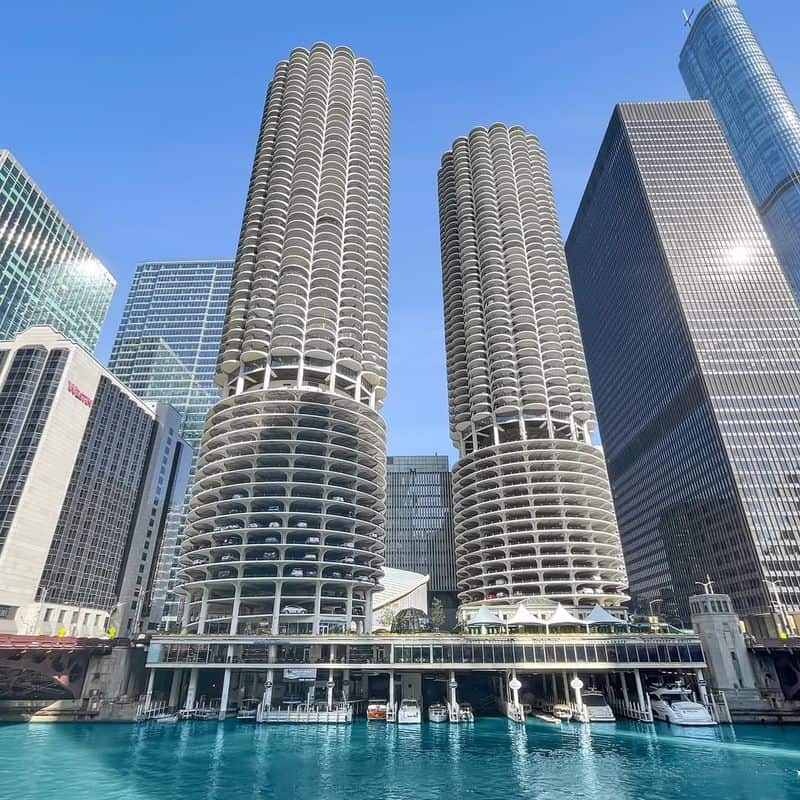
The iconic Marina Towers in Chicago, often dubbed ‘corn cobs,’ boast a cylindrical design with a distinctive honeycomb pattern.
Their towering presence captures attention, yet divides opinion on beauty.
While some appreciate the uniformity and rhythm of the design, others see it as monotonous and out of place amidst architectural diversity.
These towers, though polarizing, remain a vital part of Chicago’s skyline, embodying mid-century modernism that continues to evoke varied reactions.
2. Mercedes-Benz Stadium, Atlanta
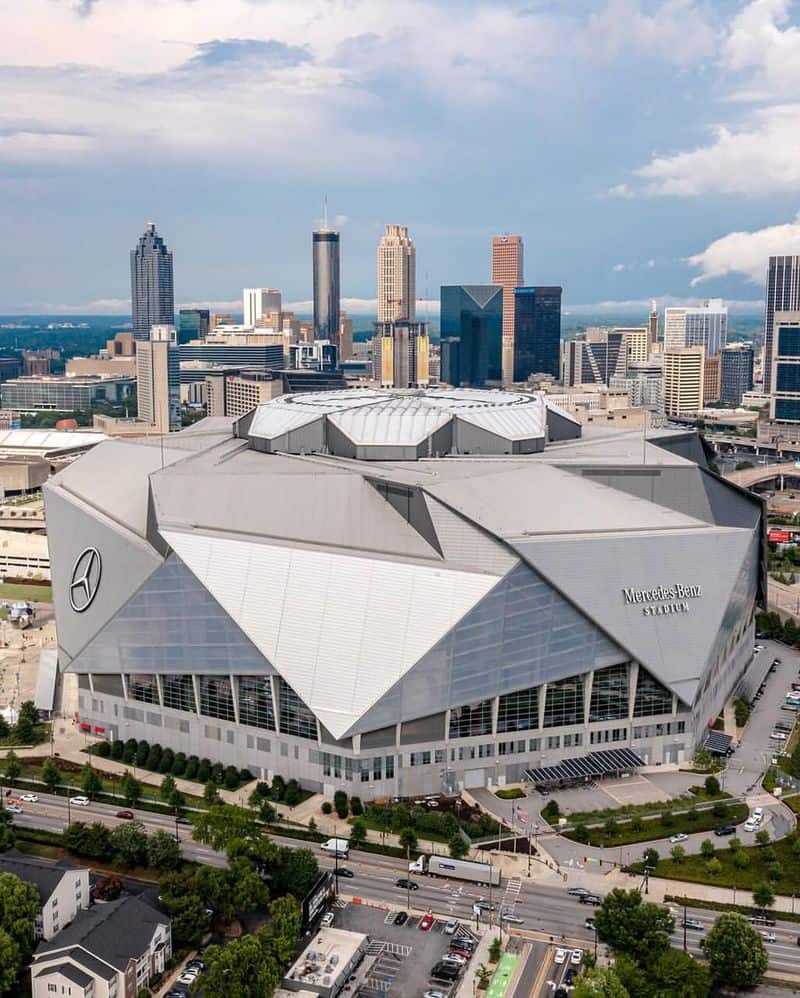
Atlanta’s Mercedes-Benz Stadium stands as a futuristic marvel with its angular design and retractable roof.
Its innovative structure intrigues many but also draws criticism for its imposing appearance.
While state-of-the-art in functionality, its bulky form disrupts the skyline, evoking mixed feelings.
For some, the stadium is an architectural triumph, while others see it as an eyesore, proving that cutting-edge design often walks the fine line between admiration and disdain.
3. Alamodome, San Antonio
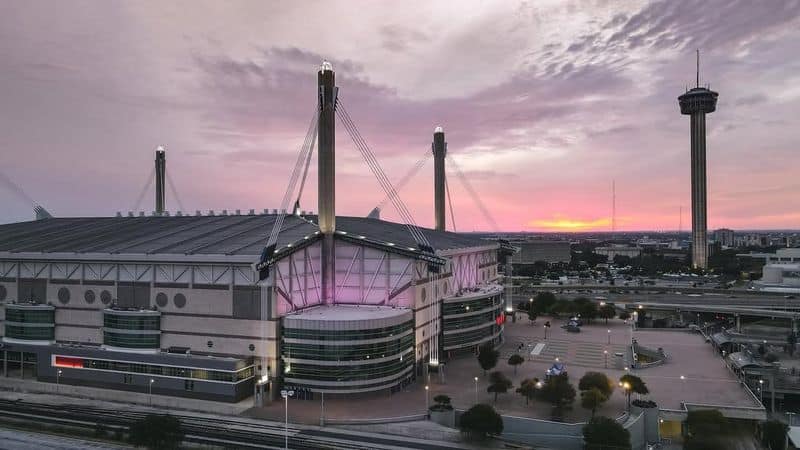
The Alamodome in San Antonio, with its industrial look and domed roof, presents a utilitarian design that some find unappealing.
Its vast size and plain exterior lack the ornate detailing often seen in traditional stadiums.
While serving its purpose as a sports venue, the design seems disconnected from San Antonio’s rich cultural heritage.
This stark appearance invites divided opinions, reflecting how functional architecture can sometimes overshadow aesthetic considerations.
4. MetLife Building, NYC
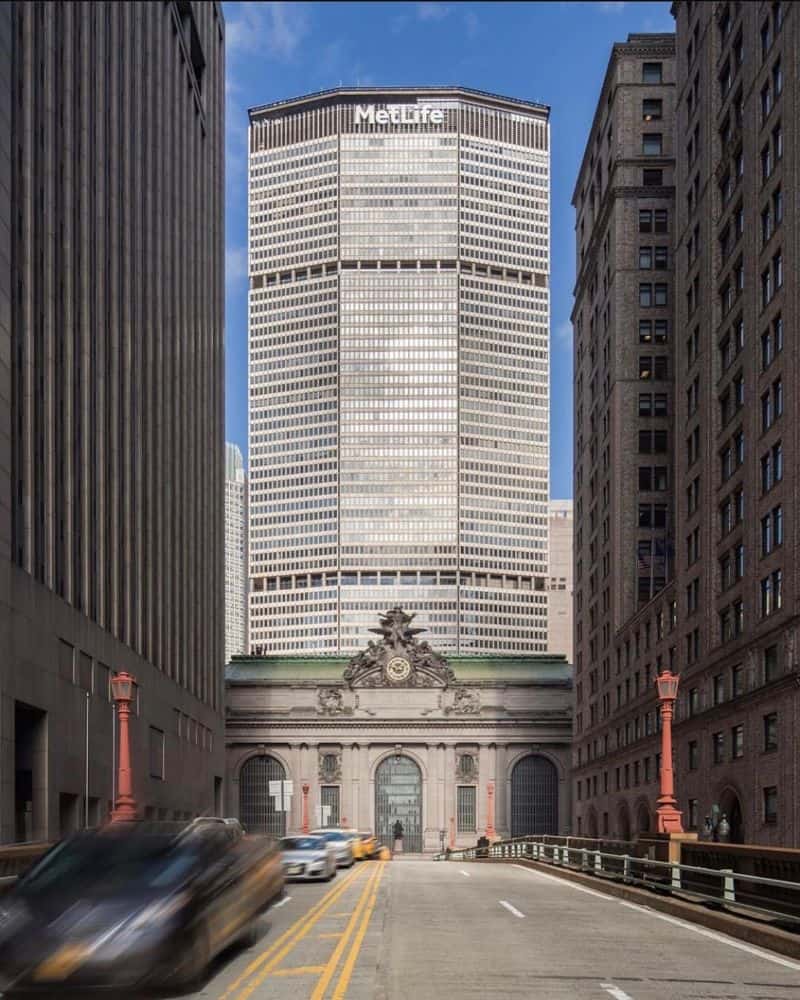
The MetLife Building in NYC is a staple of the city’s skyline, yet its massive, utilitarian form often faces critique.
Its rectangular silhouette and repetitive windows lack the imaginative flair of its skyscraping neighbors.
While functional as an office space, the building’s stark façade contrasts sharply with New York’s dynamic architectural scene.
This monolithic presence is a reminder that sheer size and utility do not always equate to aesthetic appeal, sparking debates about urban design.
5. Oregon Convention Center, Portland
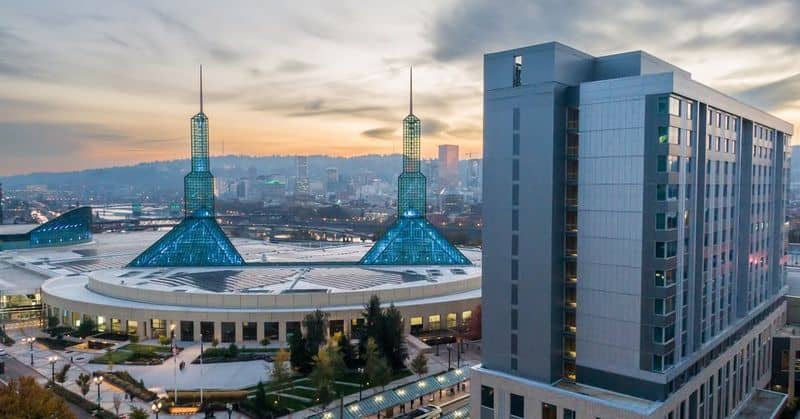
With its unique twin spires, the Oregon Convention Center in Portland stands out, yet not always for the right reasons.
Its glass and steel structure feels cold to some, lacking the warmth of Portland’s cultural vibe.
The design aims for modernity but seems at odds with the city’s eclectic and natural surroundings.
While it serves as a functional event space, the aesthetic dissonance it creates with its environment leads to mixed reviews on its visual appeal.
6. Wells Fargo Center, Jacksonville
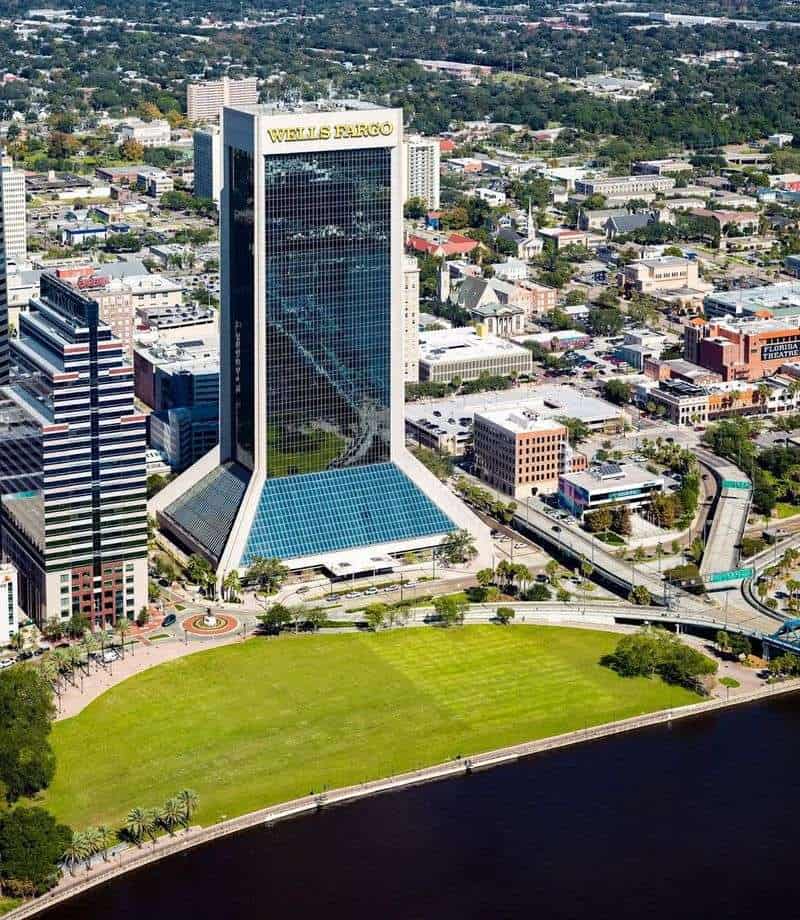
Jacksonville’s Wells Fargo Center rises as a glass monolith with sharp angles and reflective surfaces. Its towering presence demands attention but doesn’t always win over admirers.
The building’s sleek, modern appearance is sometimes seen as cold and impersonal, disconnecting from the city’s more traditional architectural styles.
Despite its standing as a business hub, the center’s stark design continues to polarize opinions, highlighting the subjective nature of architectural beauty.
7. Art Museum, Denver
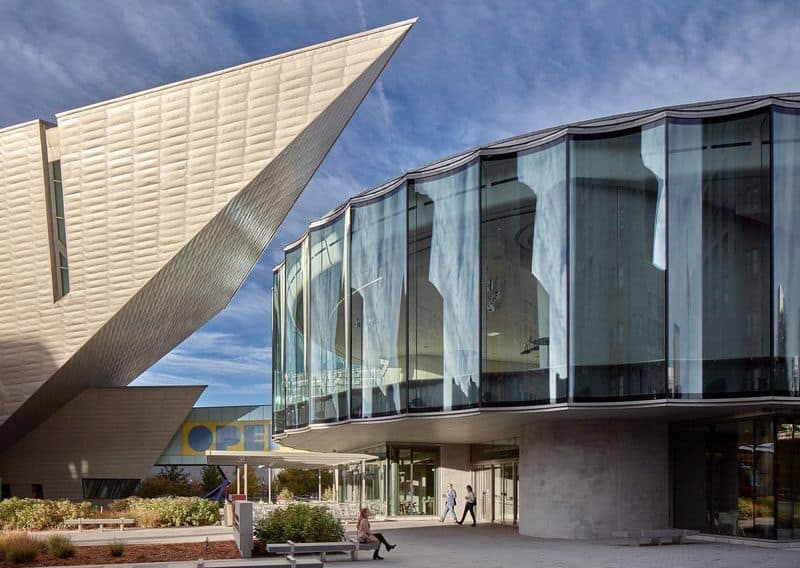
Denver’s Art Museum is a testament to bold, angular design, featuring jagged edges and metallic surfaces that reflect the city’s sunlight.
This avant-garde architecture is both admired and critiqued.
Some view it as a masterpiece of modern art, while others see disarray in its seemingly chaotic form.
The museum challenges traditional beauty norms, sparking conversations about art and architecture, yet its radical appearance leaves some visitors perplexed rather than inspired.
8. Cobo Center, Detroit
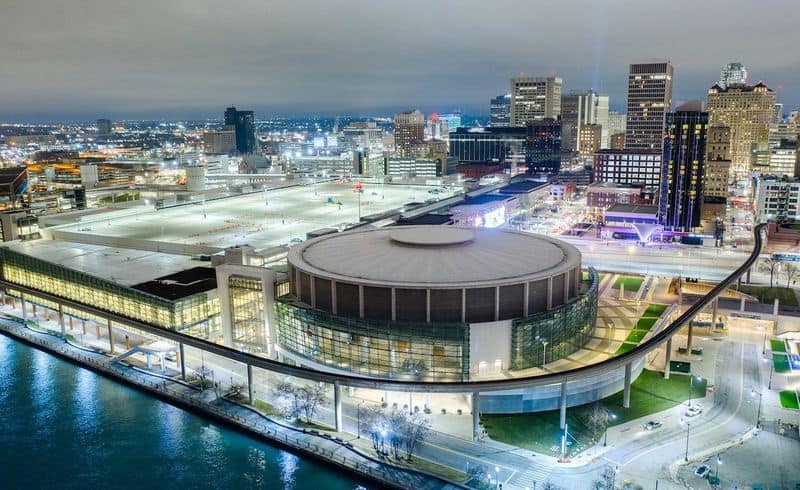
Cobo Center in Detroit stands as a vast concrete expanse, marked by its boxy and angular design.
Its sheer size overwhelms the surrounding cityscape, creating a visual dominance that’s hard to ignore.
The building’s brutalist architecture is a stark contrast to Detroit’s historic charm, lacking warmth and inviting aesthetics.
Yet, its functionality as a convention hub can’t be disregarded, drawing countless events and visitors.
The clash between utilitarian design and urban beauty sparks debate on its aesthetic appeal.
9. US Bank Stadium, Minneapolis
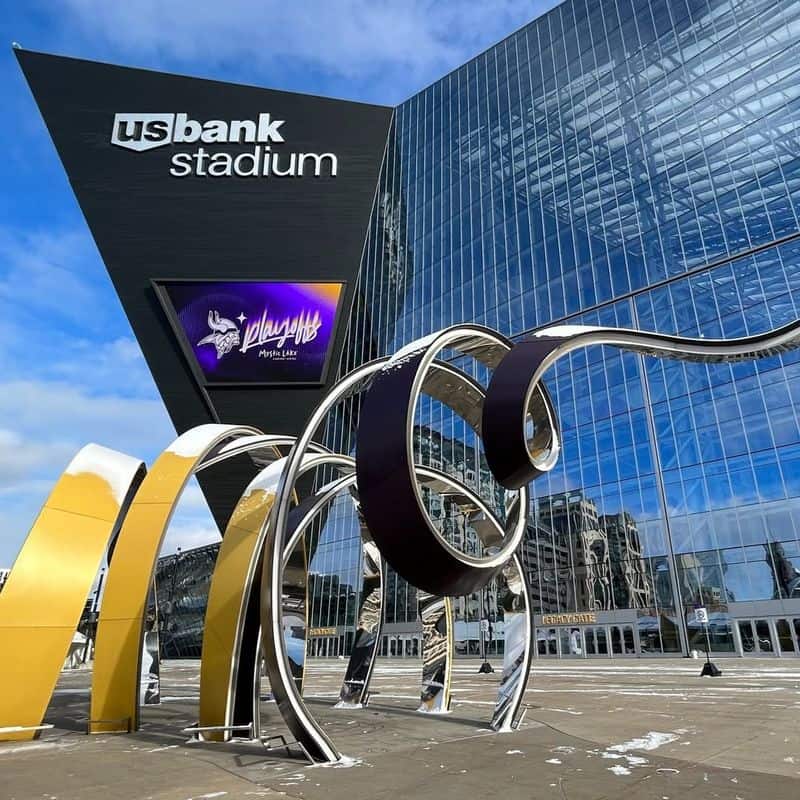
Minneapolis’s US Bank Stadium is an exercise in angular boldness, with sharp lines and expansive glass facades. Its modern design is both a marvel and a point of contention.
While some appreciate its innovative architecture, others feel its aggressive form clashes with the surrounding urban setting.
The stadium, though a state-of-the-art venue, underscores the delicate balance between architectural innovation and harmony within the cityscape, inviting both praise and criticism.
10. Trump Tower, Las Vegas
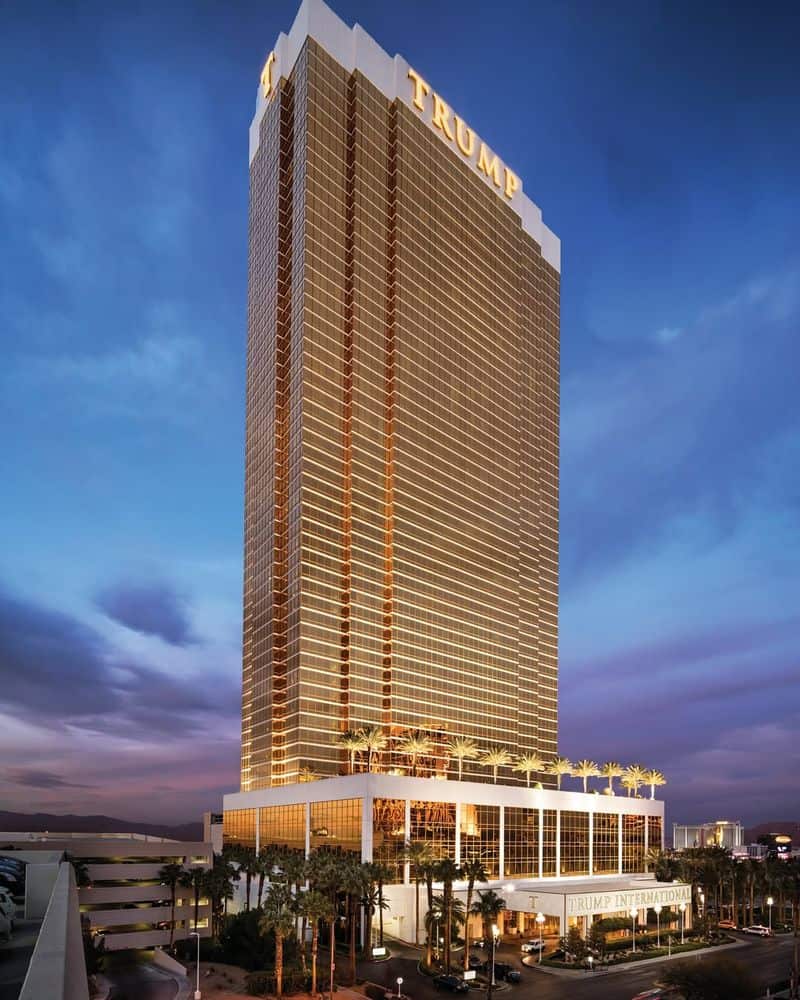
Trump Tower in Las Vegas dazzles with its golden façade and towering structure, yet evokes mixed reactions.
Its reflective surfaces glint under the city lights, but some see it as ostentatious rather than elegant.
The tower’s lavish appearance fits Vegas’s grandeur but also borders on garish, dividing opinions on its aesthetic appeal.
Within a city known for excess, this skyscraper exemplifies how luxury and taste often intersect controversially, making it a subject of architectural debate.

